Nothing connects hands, heart, and head quite like the Waldorf practice of handwork. Its importance is woven into the very fabric of the Waldorf curriculum and is a practice that nurtures not just skills, but the development of well-rounded individuals. The fact that through making beautiful and enduring objects, children are at the same time learning math skills, spatial understanding, developing their dexterity, all while problem solving, makes handwork one of the most important parts of Waldorf education and one that children will use for their entire lives.
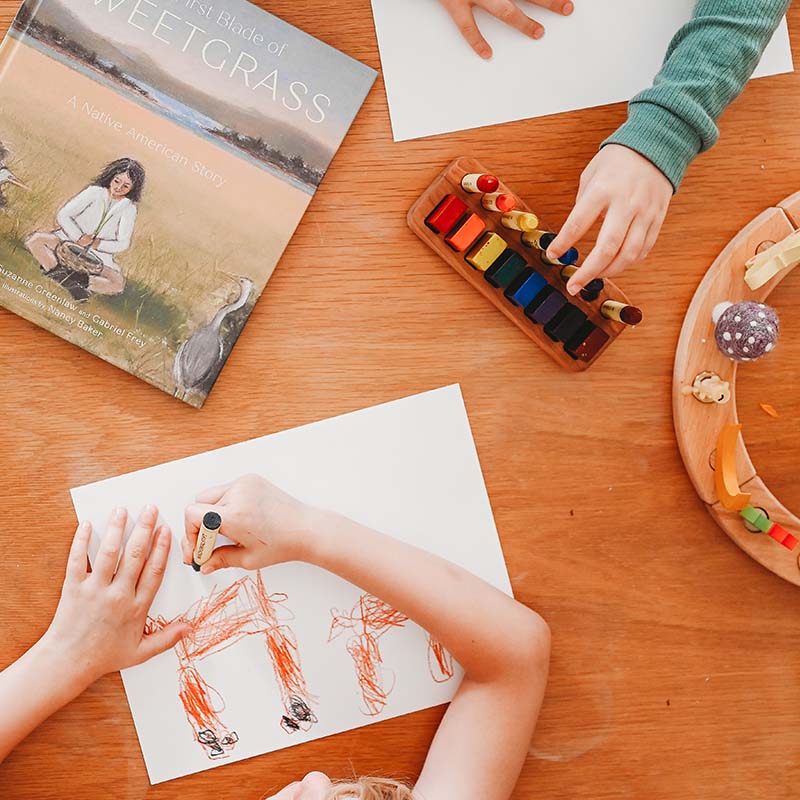
Benefits of Waldorf Handwork
Through knitting a scarf or crafting a wooden toy, students learn to channel their creativity into tangible forms. This hands-on approach allows them to explore colors, textures, and shapes, developing a keen aesthetic sense while gaining confidence in their ability to bring their visions to life. In a world filled with distractions, Waldorf handwork instills the values of focus and patience. The rhythmic movements involved in crafting require a child's full attention, teaching them the art of concentration. Whether it's threading a needle or carving a piece of wood, the process itself fosters a sense of calm and mindfulness. Children also learn to correct their mistakes, value hard work and develop patience. As children complete increasingly difficult tasks following small steps, they begin to feel the joy of accomplishment which creates the self-confidence needed to tackle much bigger and more complicated tasks as they progress through life.
As if those overarching benefits weren’t enough, there are still more! Handwork allows a connection to the environment and helps children develop a sense of gratitude for the earth as they craft with natural materials like wool, plant dyes, wood, and cotton. Children also develop appreciation and an understanding of how to care for and use tools safely, from knitting needles to tapestry frames to early woodworking tools. And finally the big ones in the Waldorf philosophy, handwork helps children develop a sense of reverence and wonder and builds their “sense of life,” an inherent component of becoming a whole-hearted and integrated human being.
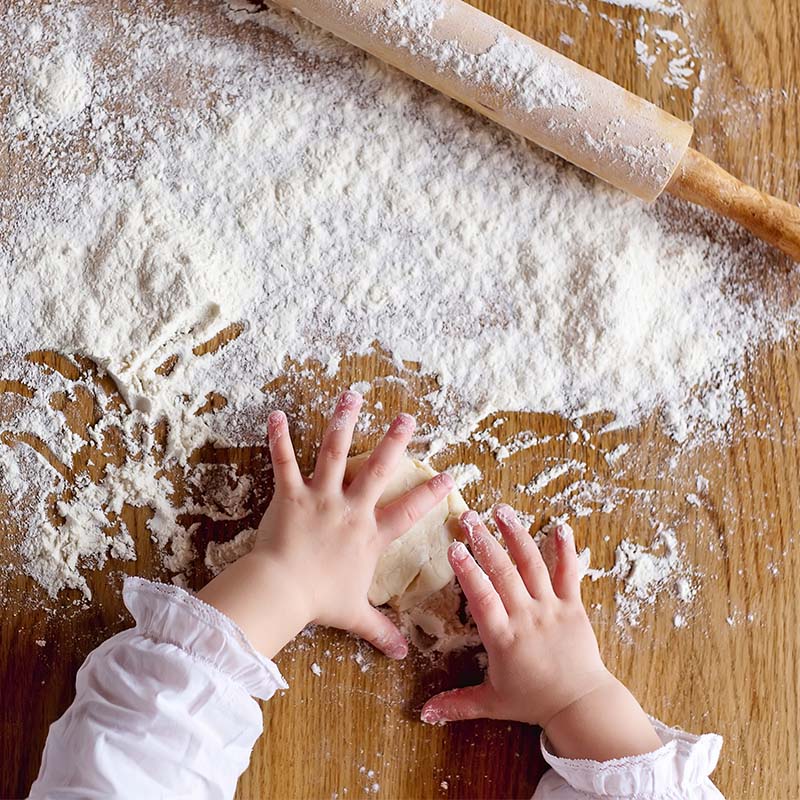
Simple Ways to Introduce Handwork to Young Children
With all of those big benefits, handwork is surprisingly simple to introduce at home. For young children, handwork encompasses a wide range of simple everyday activities that get children working with their hands, both through doing practical activities and more artistic ones. Examples include: kneading bread, playing in sand or mud, modeling with beeswax, drawing, wet on wet watercolor painting, and introducing seasonal crafts.
Adding fiber work into handwork play, also called “soft handwork” is another way to engage little hands while promoting sensory learning. Simple ways to introduce soft handwork to young children are helping them learn how to roll balls of wool, making pompoms, learning how to finger knit, and rolling beeswax candles. As they grow and develop more dexterity you can introduce simple sewing projects, nature weaving and simple potholder loom weaving, and wet felting. Keeping a variety of handwork materials available will allow children to incorporate them into their play and continue to develop their skills. As they begin to master these early handwork skills, they are then introduced to more advanced and complicated crafts like knitting, woodworking, crochet, and candle making.
Why Knitting is More Important than Handwork
Every child learns to knit in a Waldorf school and they are taught to knit even before they learn the alphabet. Knitting perfects fine motor skills, has been said to improve memory, works both sides of the brain, and prepares children to be better readers when they are ready for that important step. The rhythmic repetition of knitting and crocheting enhances a child’s concentration and develops hand-eye coordination. Knitting can also help enhance math skills through counting rows and stitches, measuring out patterns, and through making three-dimensional items. As children pick out their yarn and plan their knitting projects, they develop a relationship to each color and they learn to “play” with each color and learn about contrast, tone, and shades. And when they have finished their first hat, scarf, or mittens, nothing is more joyful than the feeling of accomplishment and knowing they can work through hard things to get to the end. This simple act gives children the confidence to achieve even more challenging projects as they grow up. At Bella Luna Toys, we celebrate the deep impact that handwork makes on children. Our curated selection of handcrafting materials and kits reflects our commitment to providing tools that inspire creativity and support the holistic development of every child.


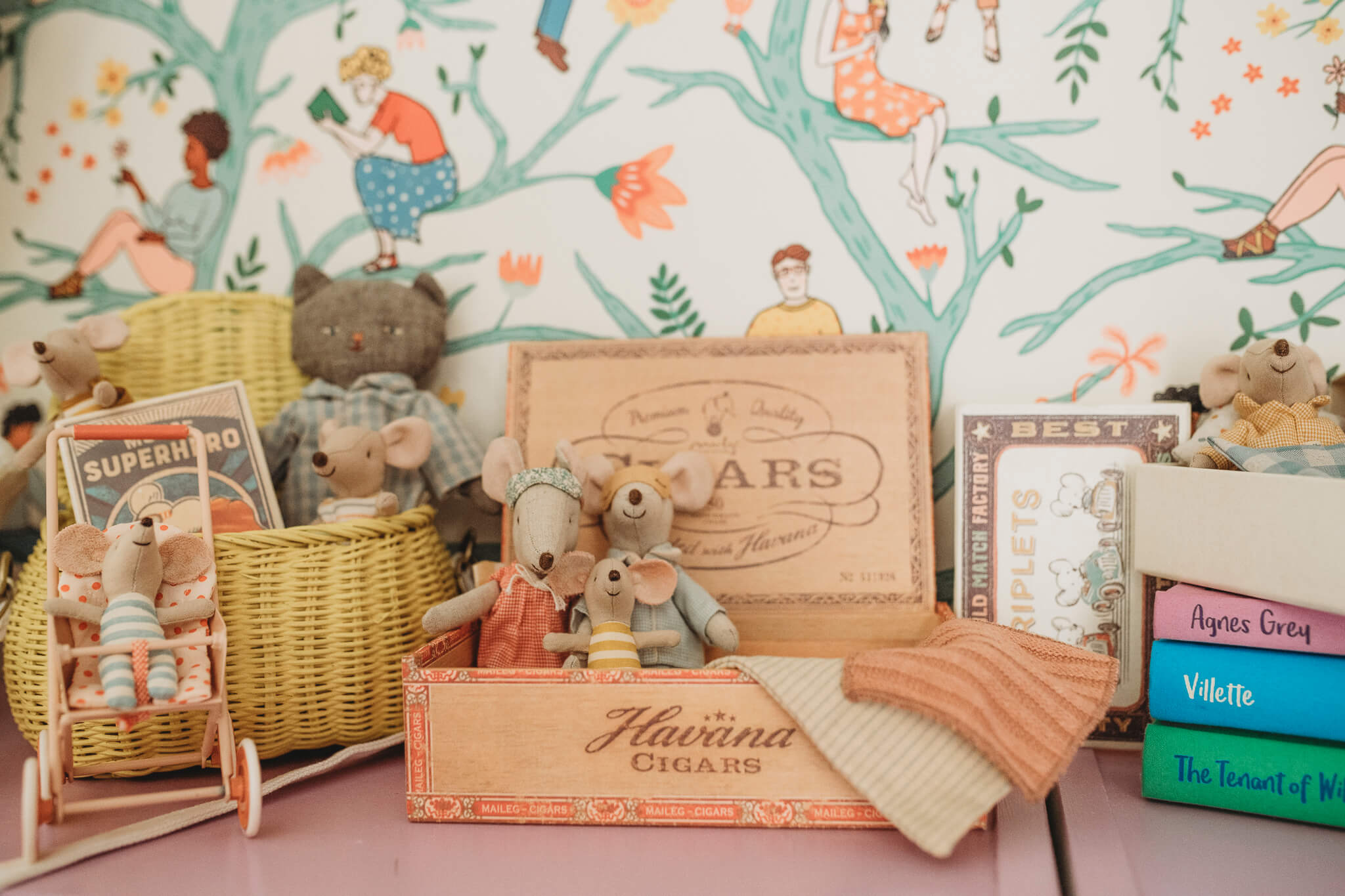
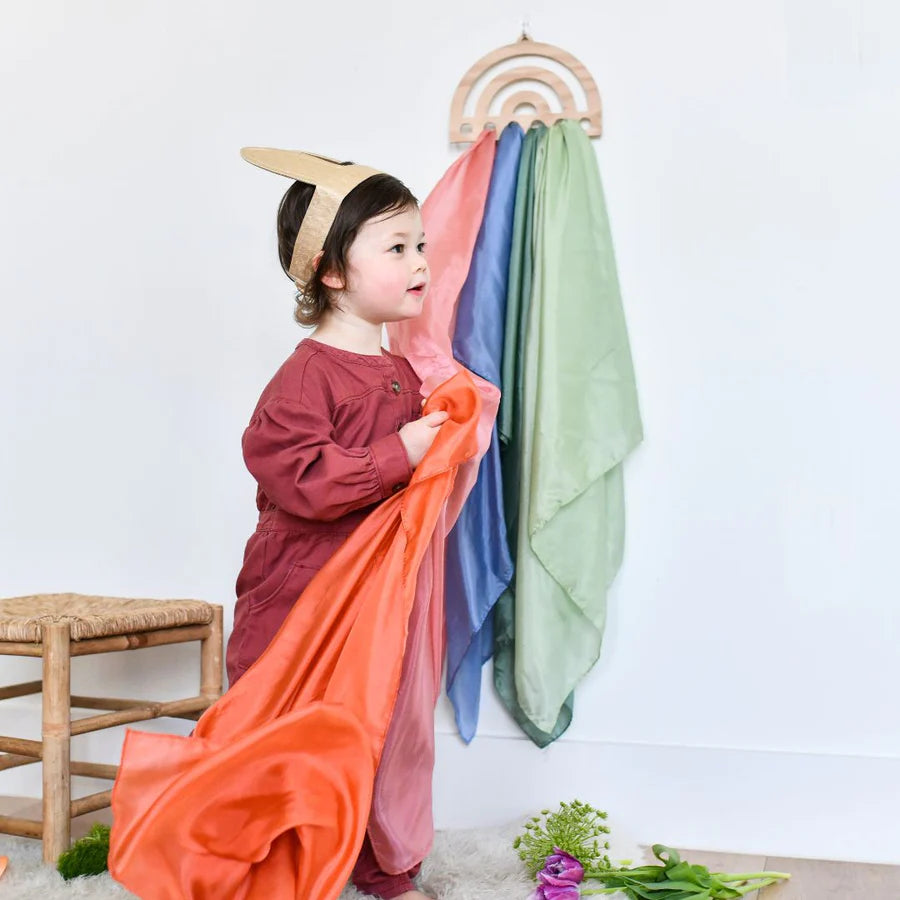
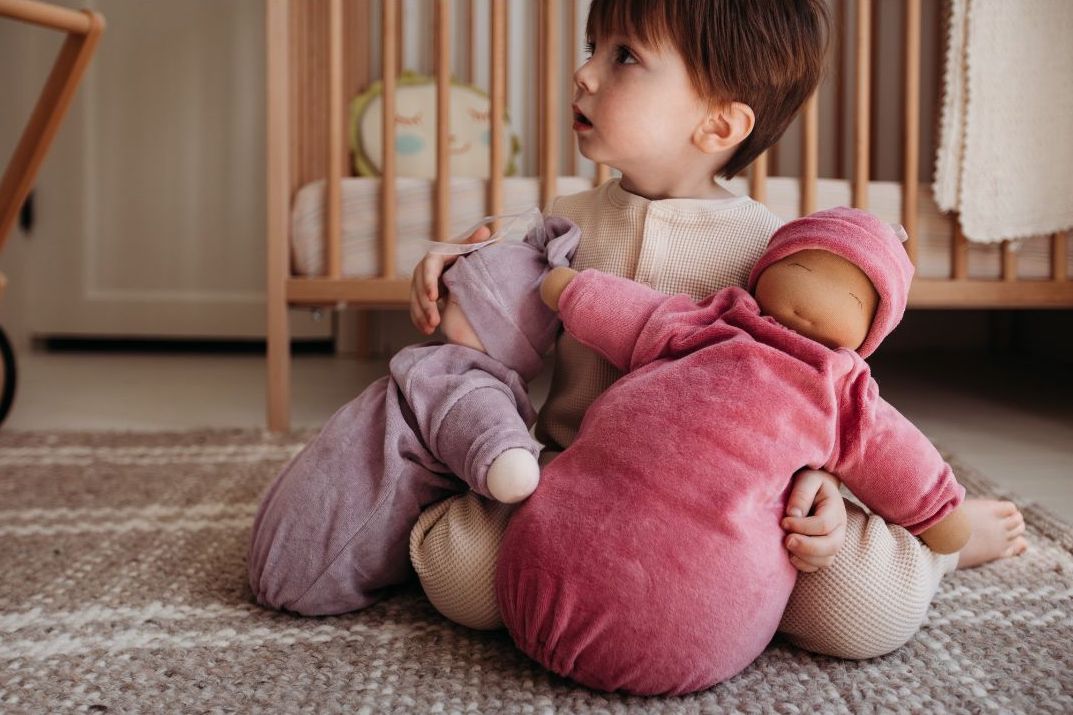

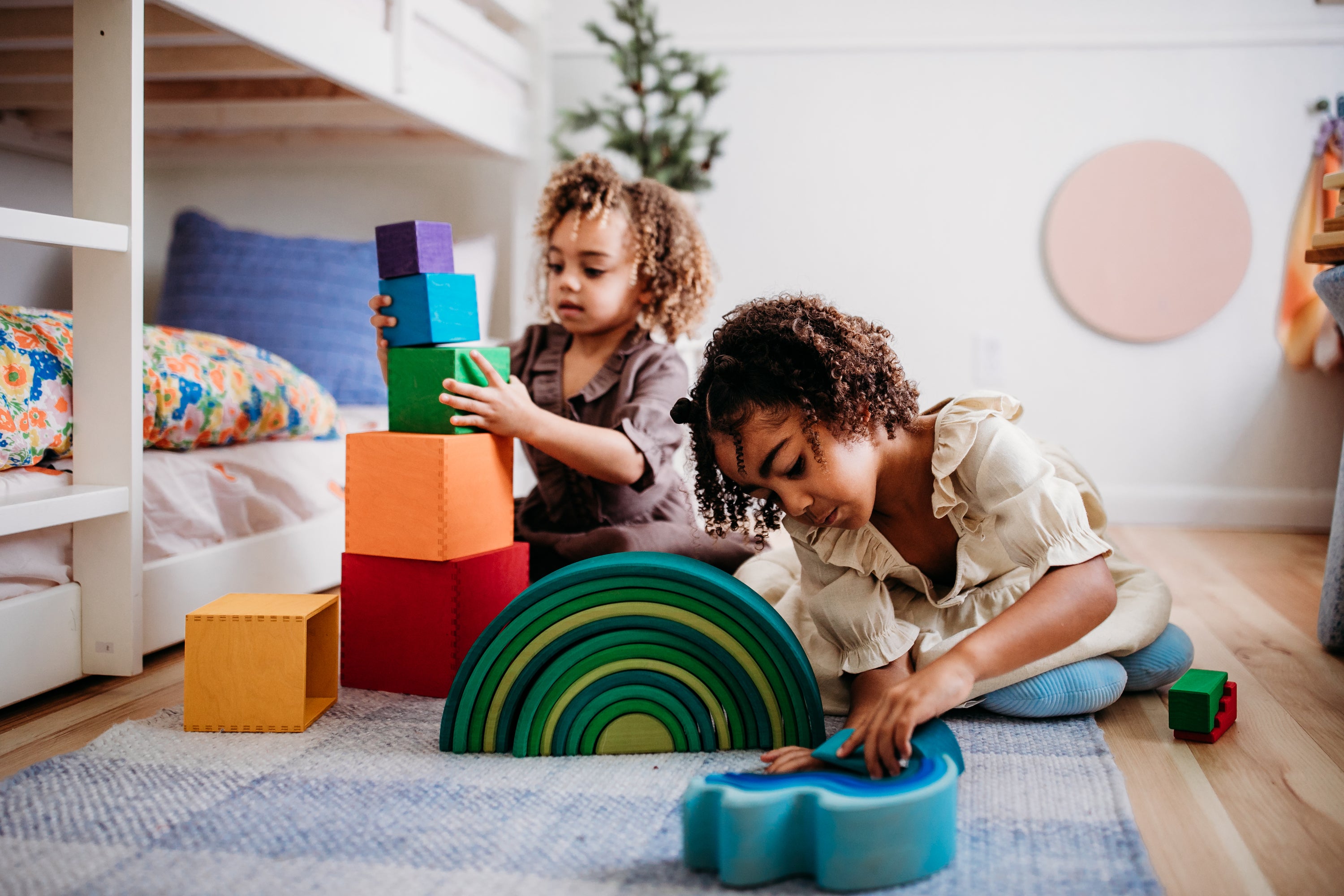

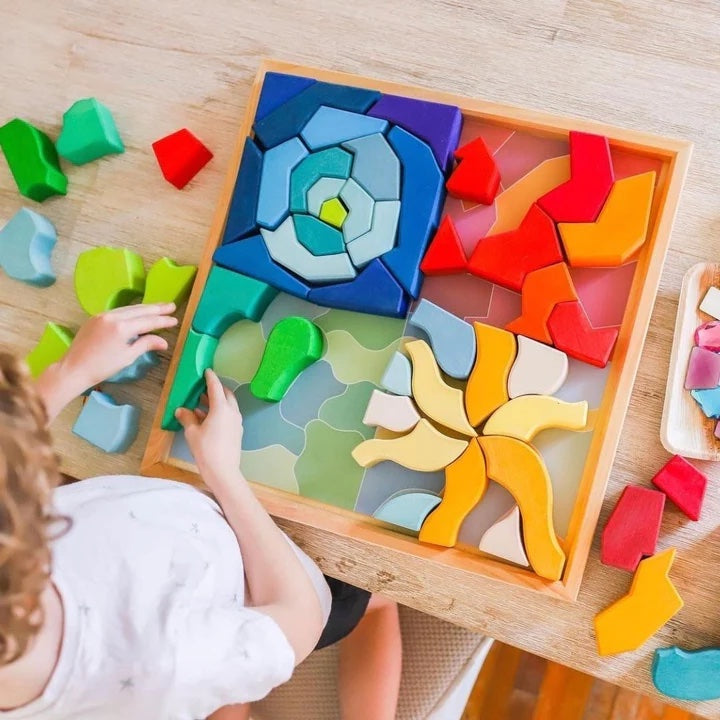


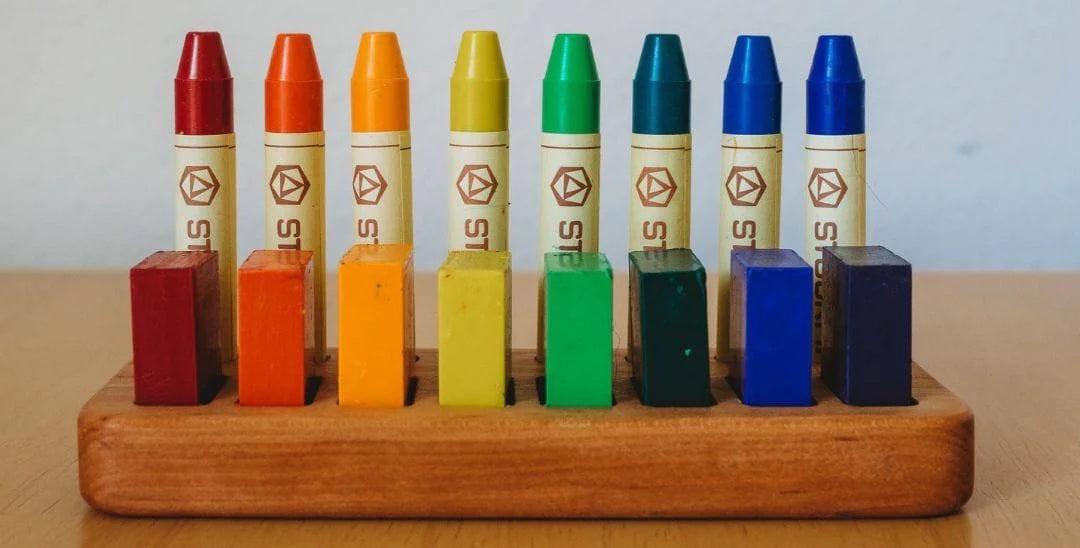
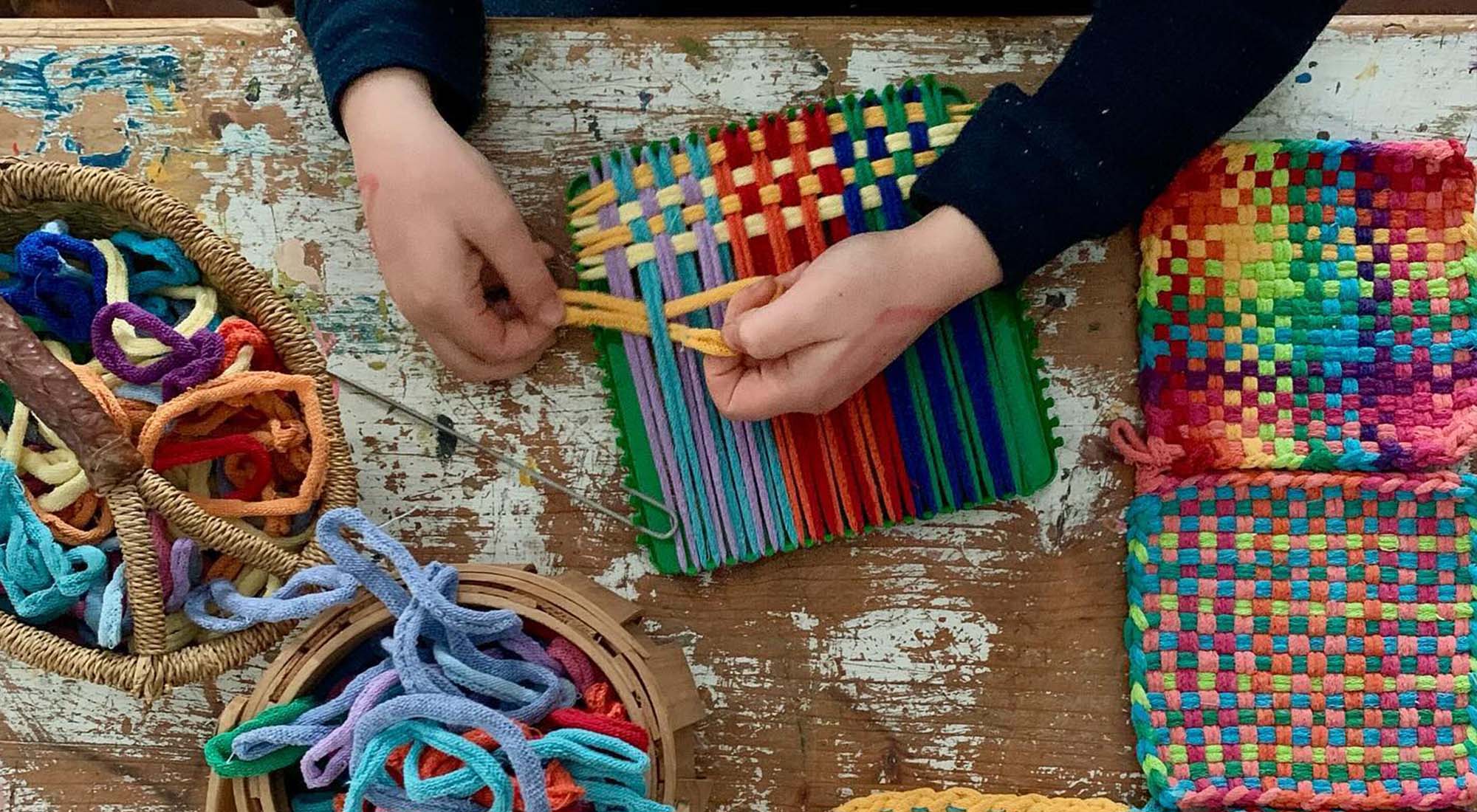
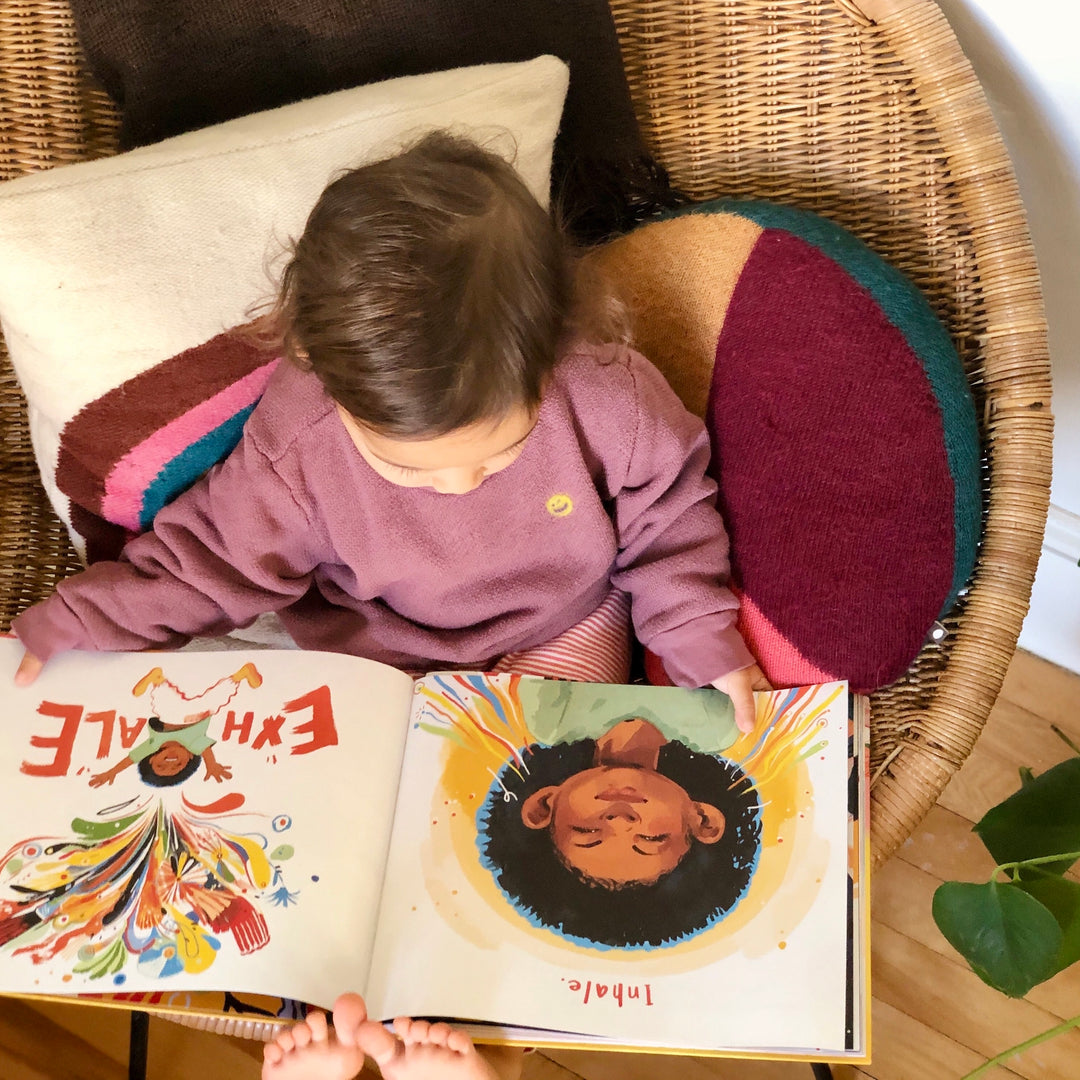

Leave a comment